As part of National Heritage Week, I have prepared an overview of Irish photography since 1839, the Gallery of Photography in Ireland, where I am a board member.
Later on, we will be holding a series of exhibitions, publications, and talks looking back over the history of photography on this island under the general title ‘In Our Own Image’ and my talk will kick the series off.
The presentation will be for a general, non-technical, and non-academic audience. I am showing here just a fraction of the images that will accompany the material. Above all, though, the emphasis will be on a historical timeline rather than deep dives into particular areas. This will be explored later in the ‘In Our Own Image’ series.
Engagement
The remarkable photograph above was taken in 1887 at the ‘evictions’ (generally for non-payment of rent) in Bodyke, County Clare. The people are protesting against the evictions and the effigy is either that of the landlord or one of his bailiffs who got struck down as he went about his eviction business.
Many years of land and rent wars preceded the Irish War of Independence and the battles to resist evictions in Bodyke were some of many which took place in Ireland at that time.
What is remarkable about this picture is the way in which the individuals engage with the camera, something which is not common in 19th-century photography. I will show another example from the same event in my talk. This can be seen as a new confidence merging among Irish people.
I have chosen around 50 photographs to illustrate some 180 years of photography, to display during the 40 to 50 minutes of the talk. I have not gone for the best, whatever that might mean, or even my own favourites. I have a strong belief that the main function of photography is to record people, places, and times and that if art ensues, that is a bonus.
Irish photography is not just about Irish photographers and can cover any photograph taken in Ireland or of an Irish subject or taken by an Irish photographer anywhere in the world. Or, it could simply be down to using Irish photographic equipment or methods.
Grand Tour
The above image was taken by Irish photographer John Shaw Smith at around 11 am on Friday, 17 October 1851 at the port of Piraeus near Athens. The camera did not record this detail, but the wife of the photographer, Mary Shaw Smith, did in her diary. Smith was doing a form of ‘Grand Tour’ on which he took many calotypes. Was this the first Irish holiday snap?
This particular calotype could have required up to five minutes to capture and there is some subject movement. Arranging this scene would have taken some ‘greasing of a palm’ to achieve, of course.
My talk will have several themes threaded into it. One of them will be how improvements in photographic methods and camera technology changed what could be photographed.
When he first saw a daguerreotype, the French painter Paul Delaroche declared, “From today, painting is dead”.
This was, of course, not true, but one of the themes in my talk will be related to the subject of the interplay between photography and painting right up to the present.
Recreation
One interesting case involves a Dublin-based photographer who was sued successfully for recreating a painting in the form of a stereo photograph.
This stereo composition was created by Dubliner James Robinson after he had seen a painting by Henry Wallis, entitled ‘The Death of Chatterton’. It depicted the suicide of an 18th-century youth who had been caught producing fake medieval poetry. People in Dublin were paying a shilling to see the painting, which was one of the wonders of the mid-19th century.
However, a gentleman by the name of Augustus Egg had bought the painting and had sold the reproduction rights to a certain Turner, who successfully sued Robinson over his rights to reproduce the image.
Notwithstanding this case, some later photographers also produced similar images and were not sued, so one might assume that the market in ‘Dead Chatterton’ images had been saturated by that time.
The amusing thing is that the process has now gone into reverse, with many painters today employing photographs as a basis for creating paintings. I will come back to the photography versus painting theme elsewhere in my talk.
20th century
Coming into the 20th century, I will briefly cover World War I and the Irish War of Independence, of course. There are a number of themes there, including photography at the battlefront, saving photographic collections, and an early example of ‘fake news’..
In the period after independence, we had the creation of a new nation with new schemes such as the Shannon hydro-electric scheme at Ardnacrusha, County Clare
This shows not only a new Ireland but also the type of modernistic photography that was definitely 20th century in tone and feel. In this case, there is also a painting to show for comparison purposes.
Dublin
Another theme that will run in my talk is one revolving around O’Connell Bridge across the River Liffey, which many Dubliners might regard as the ‘dead centre of Dublin’. I will show the bridge being used for religious, secular, and commercial purposes in three different photographs stretching across the mid-20th century.
This photo by Larry Burrows shows the celebrations on O’Connell Bridge on the night that Ireland was declared to be a republic in April 1949, which was just a few months before I was born, so I feel a connection to this scene.
I have a mini-theme running through the postwar years called ‘As Others Saw Us’ which will show how visiting photographers such as Henri Cartier Bresson, Dorothea Lange, and Evelyn Hofer photographed Ireland and the Irish. I always feel that is an important role which foreign photographers can play in any country by holding a mirror to the soul of a nation.
The postcard
In the same field, perhaps, but slightly on a slightly different tack, are the postcards of Ireland and elsewhere produced here by the Englishman John Hinde. They depict a traditional Ireland, but one where the sun appears always to be shining and in colours which we never knew existed. Sunglasses are advised when looking at these. The issue of stereotyping will come up here, of course.
I will touch on ‘The Troubles’ in Northern Ireland and I will bring the story up to date as far as I can. There have been many great Irish photographers in more recent years, but I am only showing the work of a few of them as time and space do not permit even a representative sample.
The object is not to show a sequence of great photographers or even great photographs.
Street scenes
One influence that seems to be pervasive among Irish photographers is that of Cartier Bresson. Many photographers have walked around the streets of our cities and even ridden on our buses, taking black and white photographs of life around them with a Nikon or a Leica. This photo, taken by Tony O’Shea, on the top of a Dublin bus is typical of that type of photography.
Here I have shown only seven out of about 50 photos that will be in my talk. Given time considerations, I will be doing more of a horizontal timeline rather than a vertical deep-dive on each photo.
Such detail will come from others later in the series. There will be themes and mini-themes running throughout. My major points will be about how valuable visual history is and the central role that photography plays in this and the need to conserve, preserve and present such history.
This is vital since, without knowing who we were, we cannot really know who we are. It is true not only in Ireland but of the world in general.
Here is the link to receive my Zoom talk
I hope that Macfilos readers around the world will join me on August 17. I promise to make the talk interesting for a broad audience, but there will be much to interest photography specialists and enthusiasts.
Join the Macfilos subscriber mailing list
Our thrice-a-week email service has been polished up and improved. Why not subscribe, using the button below to add yourself to the mailing list? You will never miss a Macfilos post again. Emails are sent on Mondays, Wednesdays, and Fridays at 8 pm GMT. Macfilos is a non-commercial site and your address will be used only for communications from the editorial team. We will never sell or allow third parties to use the list. Furthermore, you can unsubscribe at any time simply by clicking a button on any email.

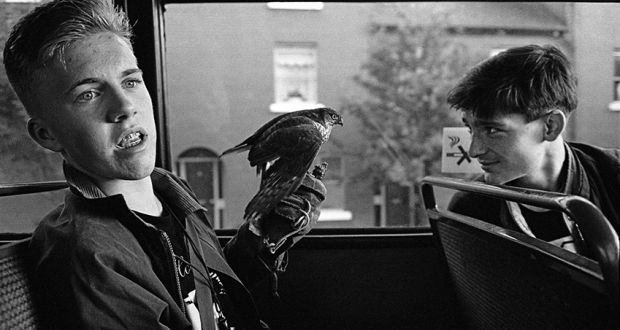
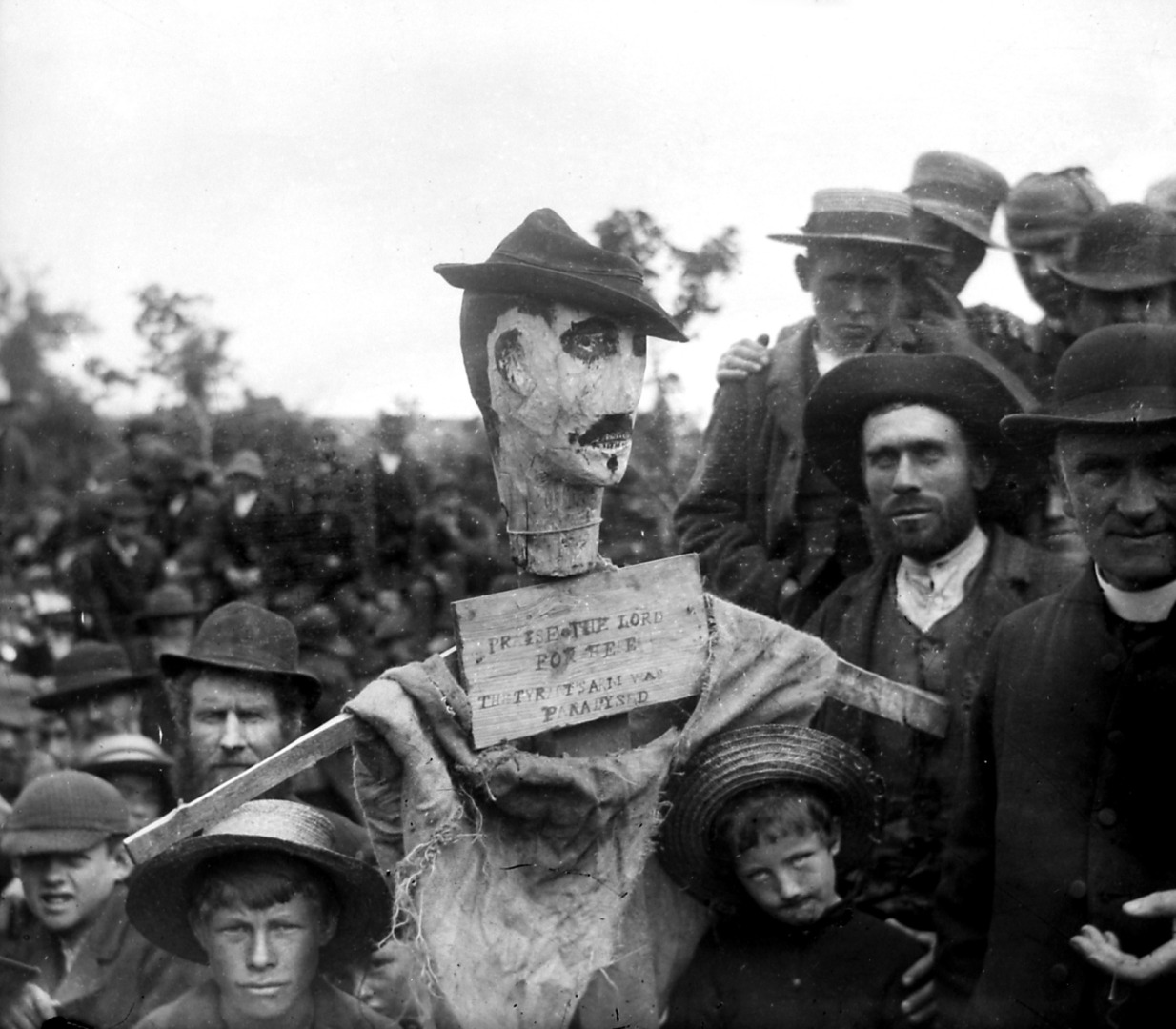
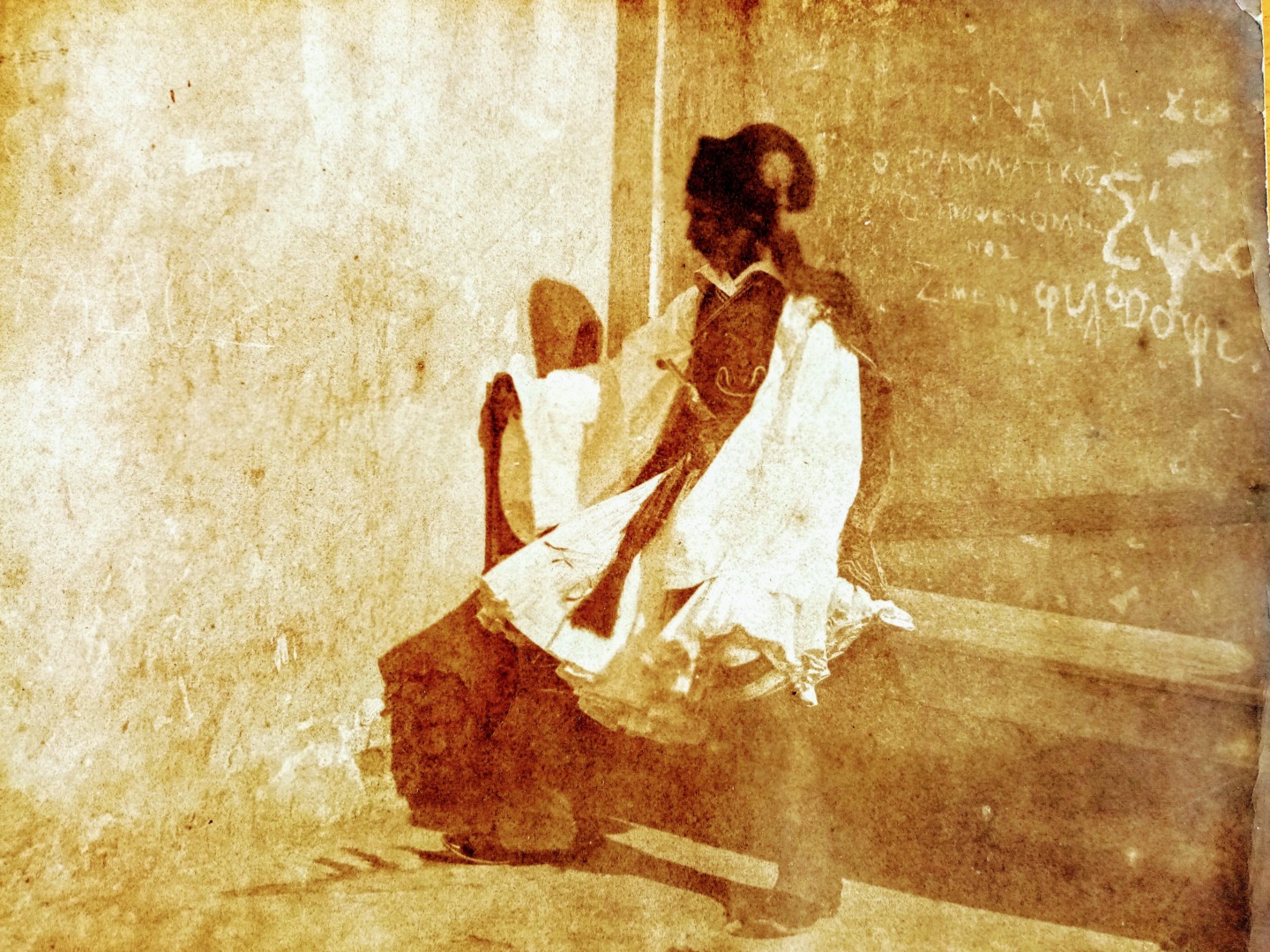
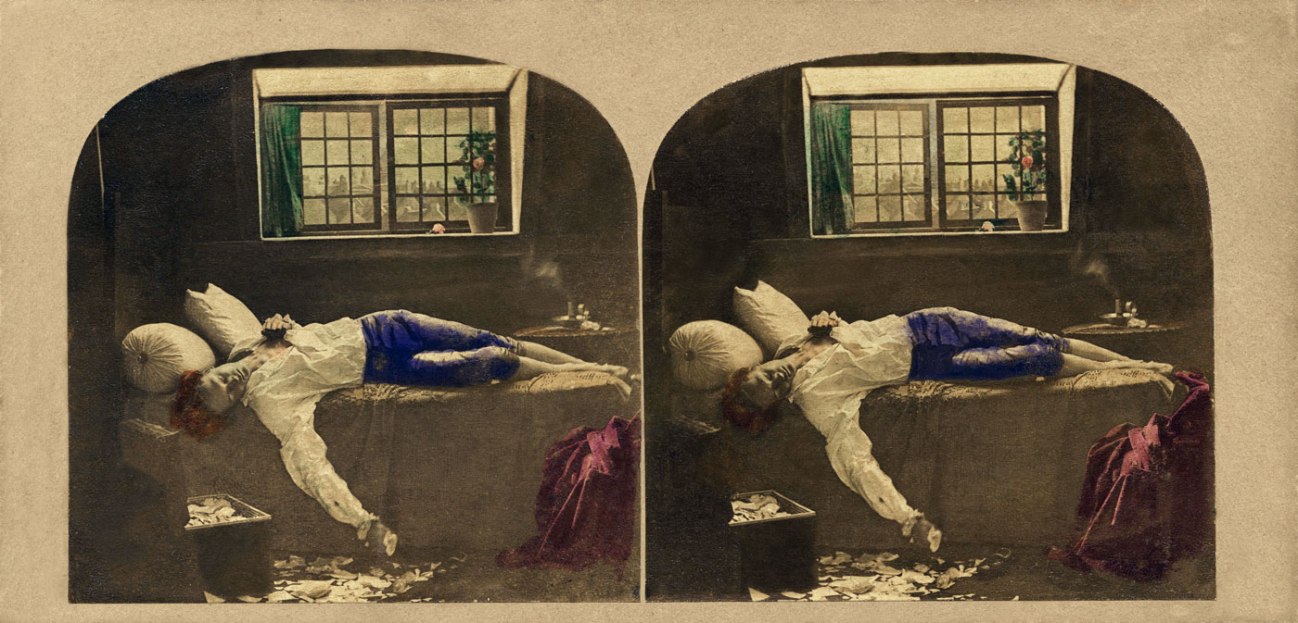
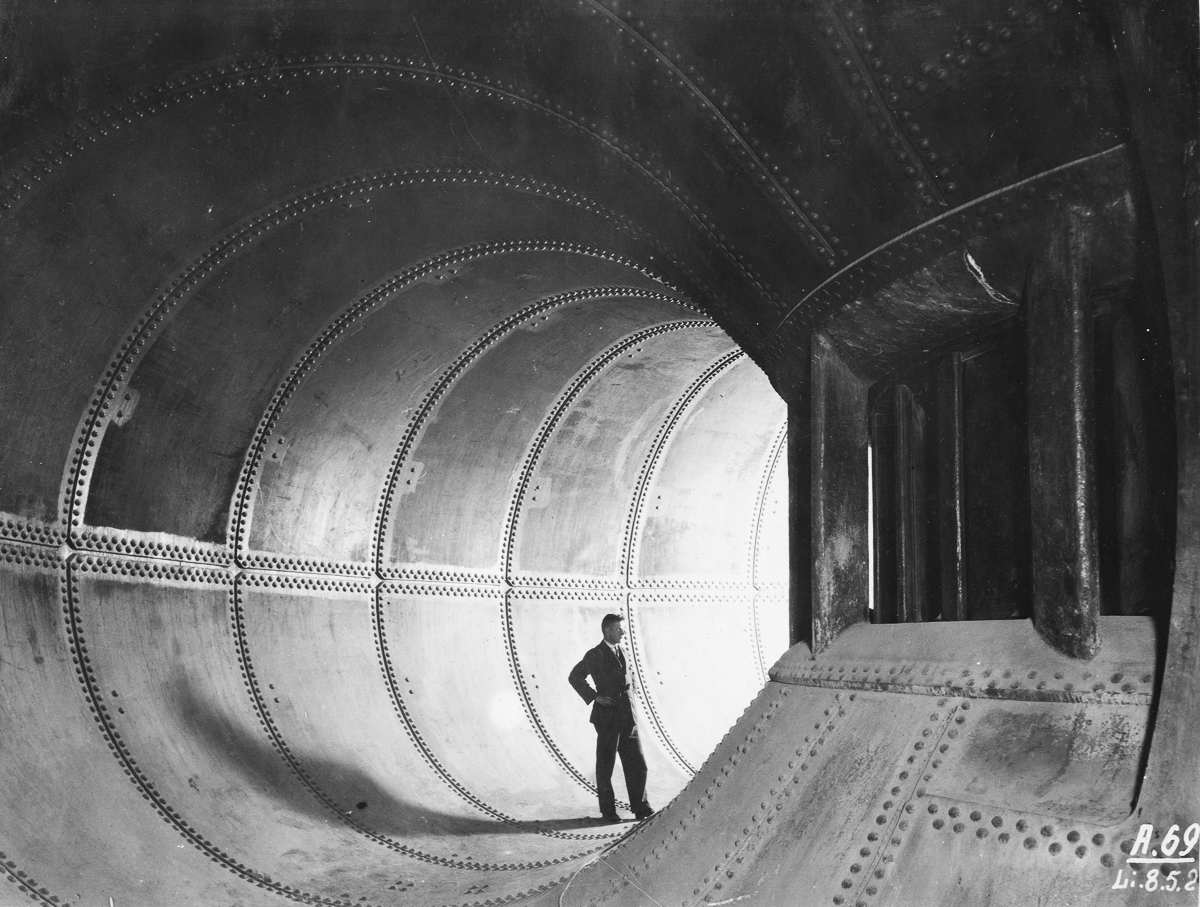
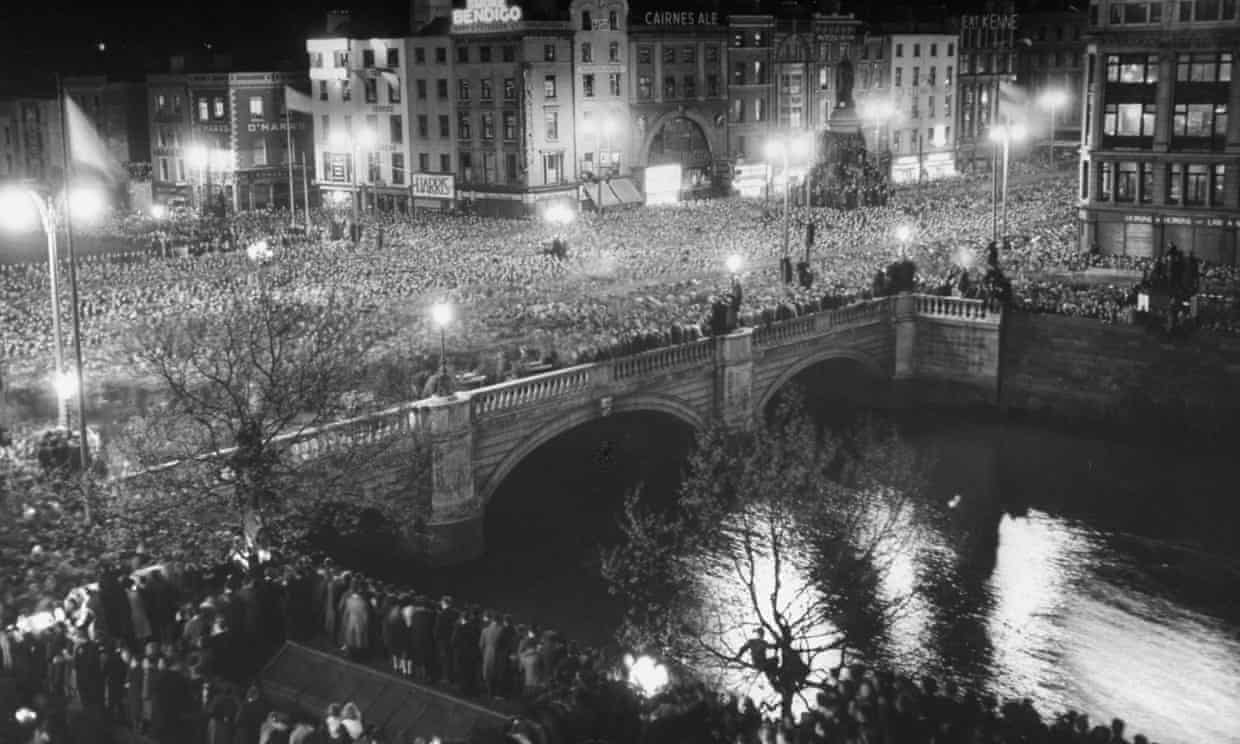
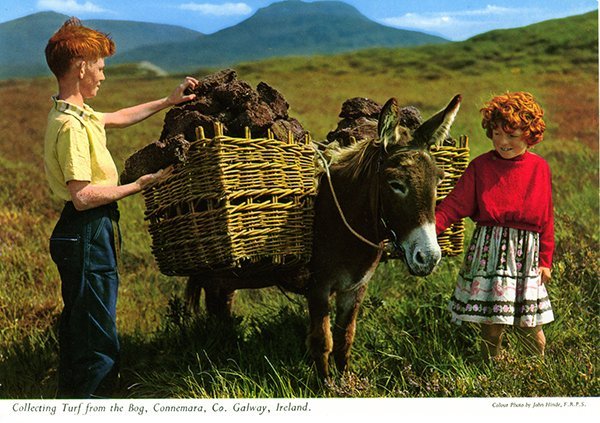
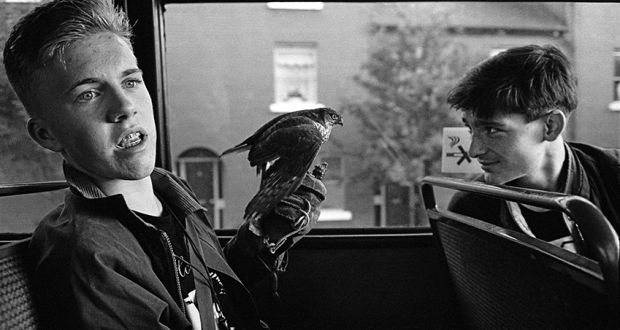
I too found William’s presentation very enjoyable. It’s also probably one of the most instructive Zoom events I’ve attended over the last 18 months!
Thanks Alan
When I was very young I had a wise old boss who said that when I went home from work each day I should ask myself “how have I advanced things today?”. It is a philosophy that I followed for the rest of my working life and still do today. As I mentioned above to Keith, we have a series of talks coming up and my talk was the ‘kick off’ for the process. If I do another one myself it will be about a subject that I touched on last night, the various changes in photographic technologies that have happened since 1839 and how they impacted on the type of photography that people could do. I must admit, though, that I was almost a complete failure on my first and only attempt at Wet Plate Collodion photography!
William
Hi William, I called in to your zoom presentation today and enjoyed it enormously! Thank you for providing the link and the invitation to tune in. You did a wonderful job of presenting the story of Irish photography, in a beautifully organized, chronological progression. I especially enjoyed your narrative, in your lovely lilting Irish brogue! You are clearly a scholar of not just Irish photography but also Irish history. Thank you again. I am sure I am not the only participant who now feels they have a much greater appreciation of the contribution of Irish photographers to this field. All the best! Keith
Thanks Keith. I am glad that you enjoyed my talk and that you could understand my Irish accent. Although, if you think that I have a ‘brogue’ you should hear some of my cousins from Cork! The objective was to cover 182 years of Irish Photography in 50 minutes which required a lot of preparation, selection and rehearsal. We have an upcoming series called ‘In Our Own Image’ which will do deeper dives into various aspects of our photographic history.
William
Jean may be interested to learn that all Father Browne’s photographs can be seen at http://www.fatherbrowne.com
Thanks David. I will show one of Father Browne’s photographs tomorrow. I would like to show more as he was a great photographer, but I have 182 years to cover in 45-50 minutes. My talk will include my personal selection of photographs, built around a narrative concerning photography and how it depicted our people, our culture and the history of our nation. I hope that you will enjoy the talk.
William
Hello William.
Your talk will take place at 4am Australia time 😴💤.
So, question, will it be available on YouTube or other archive after the event? Hope so.
It should be, Wayne. I will send you a link by email when I have one. I hope you enjoy it whatever way you watch it.
William
For all our sakes and all Ireland I hope you are doing a mind dump on recordings or videos, you have so much knowledge it all has to cataloged.,Thank you for this great article, and look forward to many more.
Thanks John
I have so much info now that if you tipped against me some of it would fall out. So long as I can keep most of it until next Tuesday, everything will be fine.
William
Fascinating article. The only Irish photographer I came across down here is Father Browne. A French publisher did print a book of some of his images but the printing was fairly poor. I’ll try to tune in on the 17th.
Jean
You are right, Jean. Father Browne was a great photographer. I will feature his photo of the wireless room on the Titanic, which was the last and only photograph of that room. It is not technically a great photo, but it was hugely significant when the Titanic sank in 1912. His photos of the Titanic were a sensation and went around the world and he was rewarded with a lifetime’s supply of Kodak film. Readers may be wondering how he did not go down with the ship. He had been been on the Southampton to Cobh (then Queenstown) leg of the first voyage of the Titanic. He was due to get off at Cobh, but a wealthy American couple that he had befriended offered to pay for an extension of his trip to the US. When he told his Jesuit superiors about this, they told him to ‘get off that ship’. Did the Jesuits know something that the White Star Line did not know?
I will send Mike a link to where you can get various editions of the work of Father Browne. The Jesuits are still involved, of course.
William
.
That stereo pair brought back memories: around 1979 I went to a meeting of the 3rd Dimension Society in Durham (..the 3D photographers’ society..) and one of them showed me how to view those stereo pairs without using any hardware: just let your eyes diverge to parallel – like looking beyond your index fingers’ tips about nine inches in front of your eyes, so that you see a sausage wiggling around in front of you – and then drop your gaze to the photo pair, without your eyes converging ..and then focus on the photo(s) while keeping your convergence still set at infinity ..it works!
It works especially well with the size of that photo pair above ..or rather it would do in black and white, but those blue trousers seem to disturb the effect a bit – or perhaps that’s just me!
The John Hinde photo of the donkey takes me back a while ..not just because it’s like so many of the coloured postcards of my childhood, but because I spent a wonderful month’s holiday in Connemara around 1966!
.
Ah, gottit: there’s some discrepancy in the highlights and details in the knees, or trousers, in the two photos – something to do with the overpainting, perhaps – which interferes with the illusion. The details and shading in both shirts are identical, but the pants have more detail in the right-hand image than in the left. What a pity.
Thanks David. I have had 3 eye operations and so such fancy focus stuff is not for me. There is no point in complaining about the pants to Mr Robinson, as he has long since left this earth. A friend of mine over here has a 19th Century camera and lens set with his name on both items, but it is not a stereo set. I am sure that you saw some children with red hair in Connemara back in the 1960s and maybe even some donkeys carrying turf. We used to go on holiday in Connemara back then and I am sure that I took a photograph of my sister on the back of a donkey with my late father’s camera. I think I may even have the Kodachrome slide somewhere.
William
A fascinating exposition William – look forward to tuning in
Thanks Tanya. Fancy meeting you here! I look forward to ‘seeing’ you next Tuesday.
William